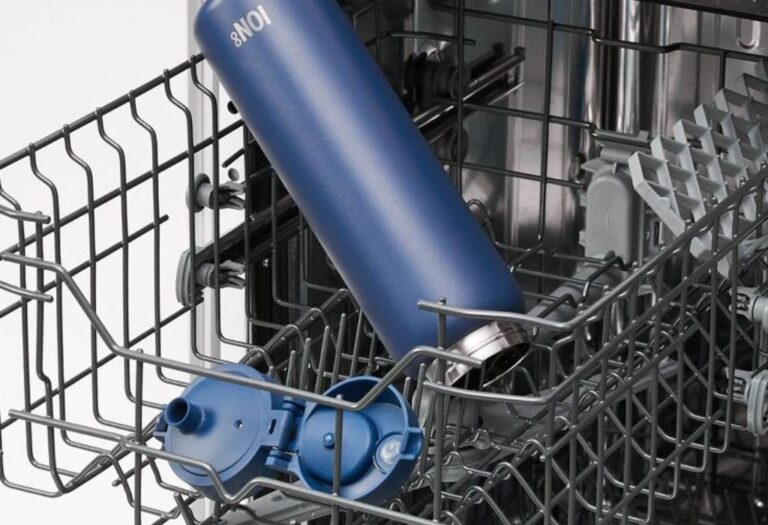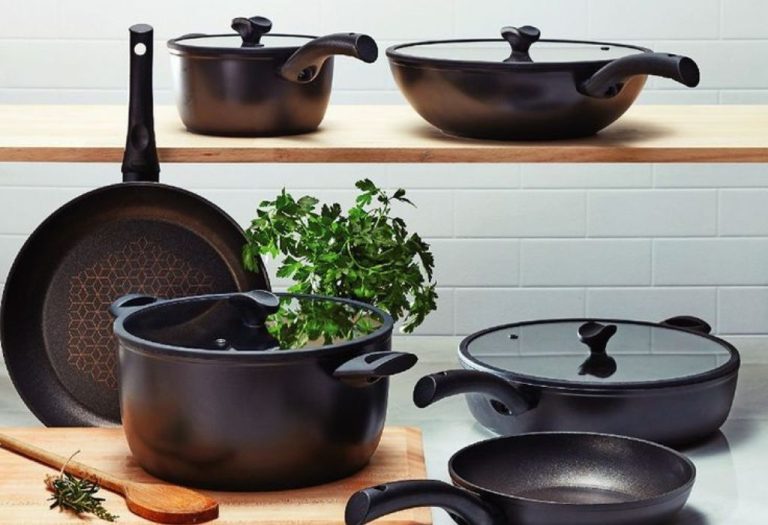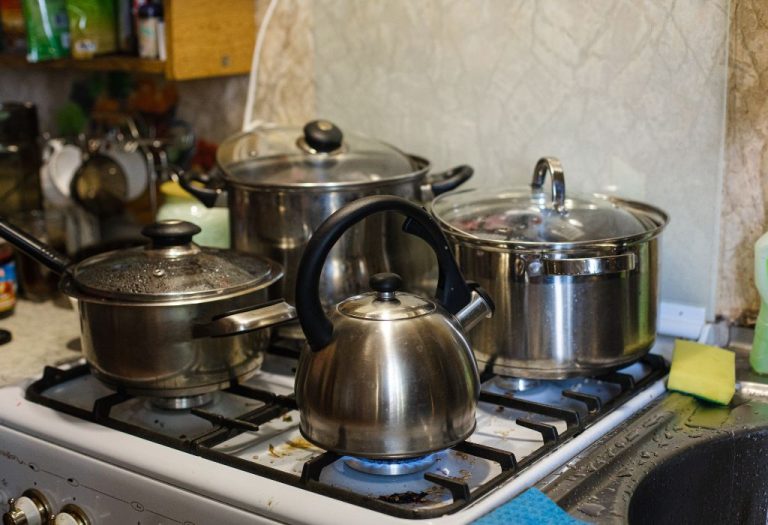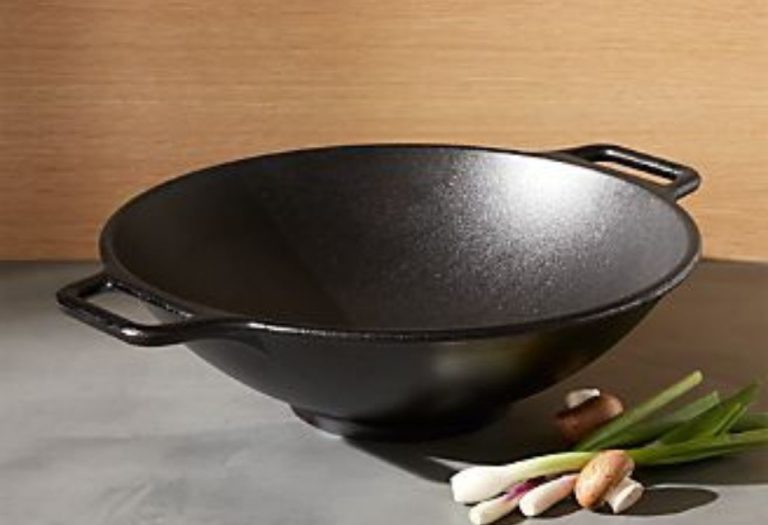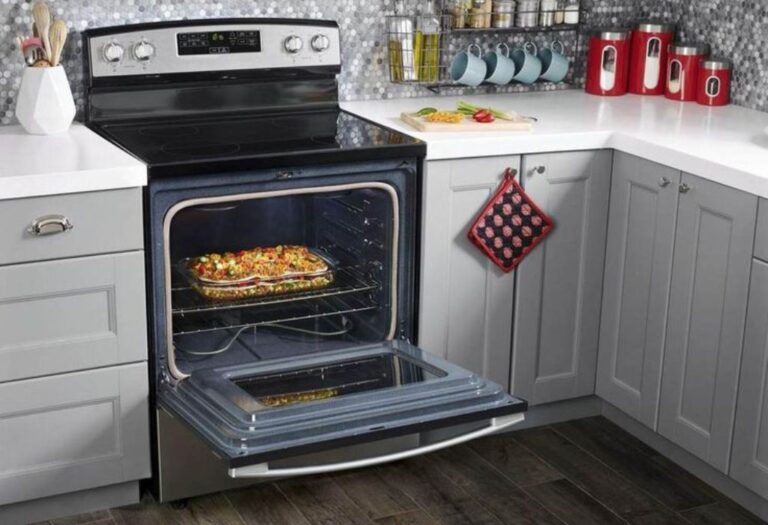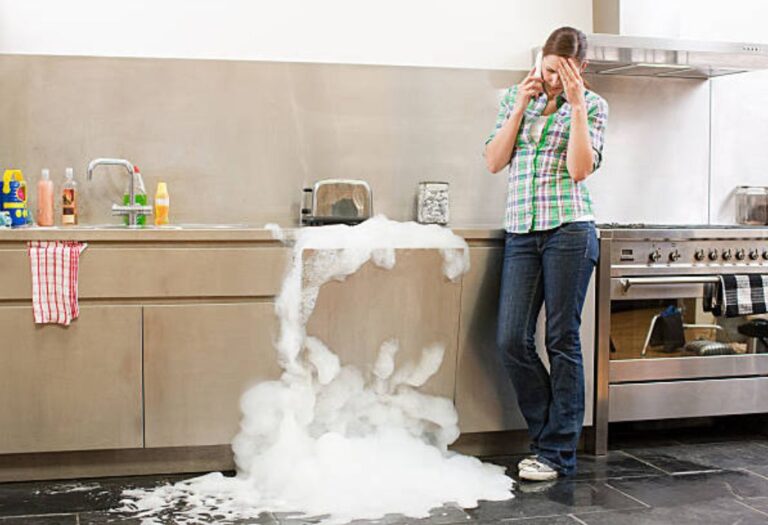Picture this: dinner is finished, dishes are piled high, and the temptation to slide ceramic pans into the dishwasher feels irresistible. The button press promises convenience, but hidden risks could be waiting inside.
Many ceramic cookware owners wonder if their gleaming nonstick pans can truly survive harsh detergents and high dishwasher heat. The question is more than curiosity, as one wrong choice can shorten a pan’s life dramatically.
Dishwashers expose cookware to extreme temperatures and powerful jets of water. Over time, these cycles can cause scratches, warping, and gradual breakdown of delicate ceramic coatings.
This is no small concern when nonstick cookware already has a limited lifespan. Studies show nonstick pans last on average three to five years depending on care, with misuse reducing that even further (source).
Consumers are also increasingly concerned about safety and sustainability. In 2024, the global cookware market reached $32.75 billion, with a rising demand for PFAS-free and eco-friendly ceramic options (source).
These numbers show why protecting ceramic cookware is more than a matter of convenience. It is about preserving quality, ensuring safe cooking, and getting the most value from every purchase.
Why the Dishwasher Can Harm Ceramic Cookware
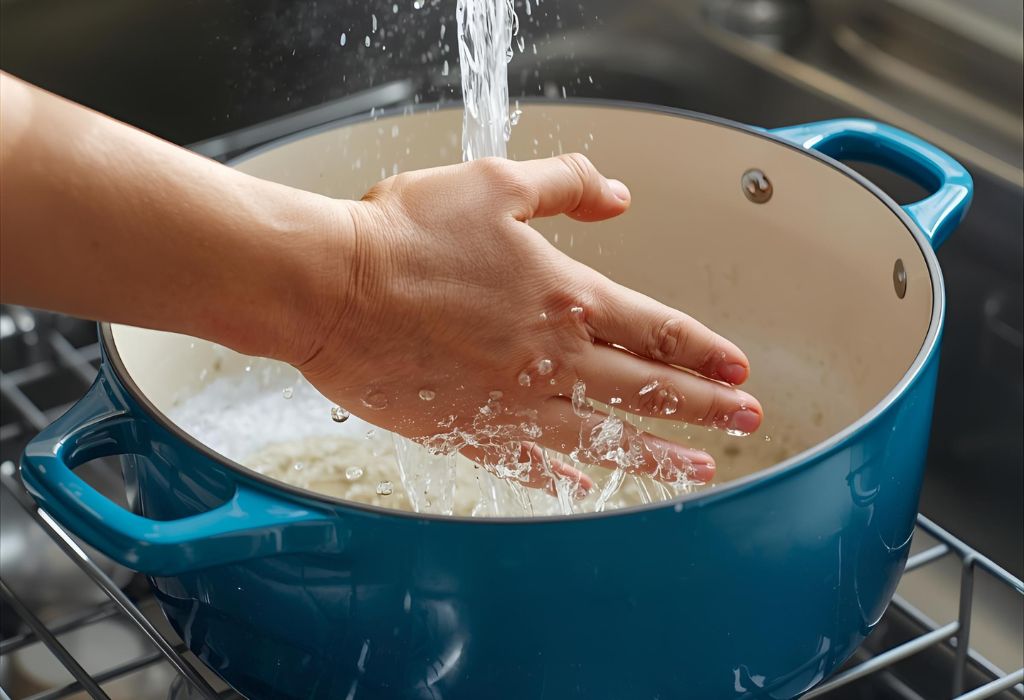
Ceramic cookware may look sturdy, but the dishwasher creates an environment that is far harsher than most people realize. Each cycle exposes pans to high water pressure, scalding heat, and abrasive detergents that gradually erode delicate ceramic coatings.
The coating itself is engineered for nonstick performance, not for constant bombardment by chemicals and water jets. Over time, dishwashing can strip away this smooth surface, leaving cookware less effective and more prone to sticking.
Heat inside the dishwasher can also weaken the bond between the ceramic coating and the metal base. In some cases, this results in warping, especially if the cookware shifts during the cycle or is subjected to sudden changes in temperature.
Another hidden risk is surface scratching. When pans collide with utensils or other heavy dishes in the rack, the ceramic layer can chip or crack, shortening the overall lifespan of the cookware.
Even products labeled “dishwasher safe” are not immune to these effects. Manufacturers often use this term to highlight short-term compatibility, but repeated cycles still accelerate wear and reduce the longevity of the cookware.
What seems like a convenient cleaning method can therefore turn into a long-term problem. The damage may not appear after the first wash, but with every cycle, the nonstick performance fades and the cookware becomes less reliable in the kitchen.
What Experts and Brands Recommend
Most cookware experts and manufacturers agree that dishwashers should be avoided for ceramic cookware. While the temptation of quick cleanup is strong, professional guidance emphasizes that hand-washing is the only reliable way to preserve the coating.
Brands that sell ceramic cookware often include care instructions with strong warnings. They note that the dishwasher’s harsh detergents and high heat will shorten the nonstick lifespan and reduce overall performance.
Cooking specialists also point out that dishwasher use accelerates surface wear. Instead of lasting several years, ceramic-coated pans may lose their smooth finish in a fraction of the expected time if washed this way regularly.
Even when certain products are marketed as “dishwasher safe,” experts stress that this label does not mean the cookware is immune to damage. It simply means the cookware can withstand a limited number of cycles without immediate failure.
Hand-washing is therefore presented not only as the safest option but also as the most cost-effective. By avoiding the dishwasher, users extend the durability of their pans, prevent coating breakdown, and ensure consistent nonstick performance in daily cooking.
Manufacturers and culinary experts align on the same advice: choose warm water, mild soap, and a soft sponge. These simple practices protect the ceramic surface while keeping cookware looking new for much longer.
How to Clean Ceramic Cookware Safely (Hand-Wash Guidelines)
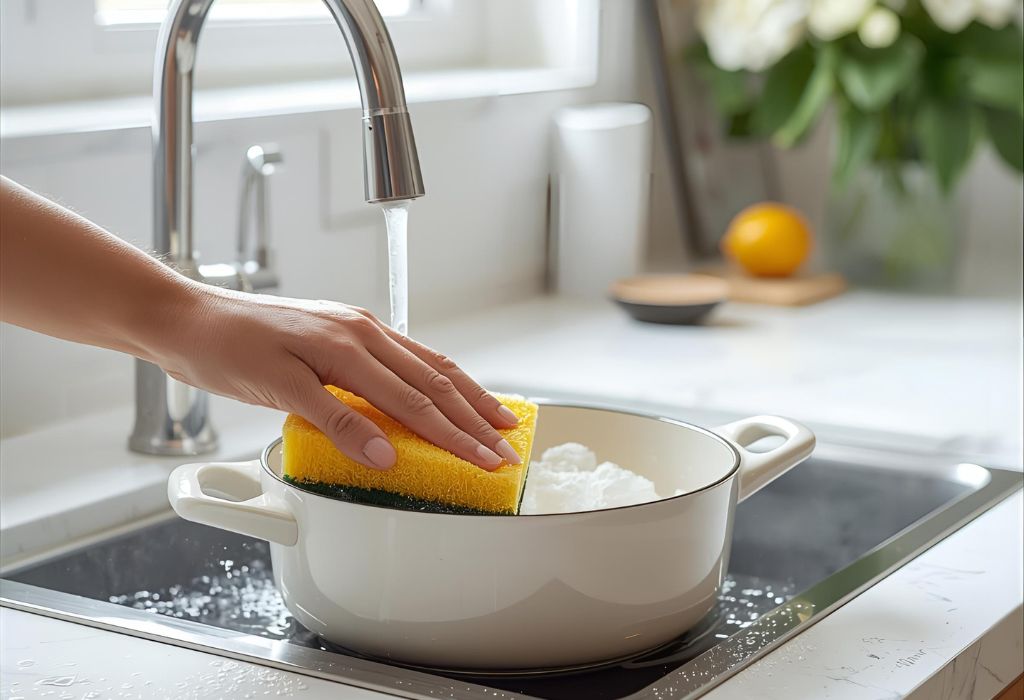
Cleaning ceramic cookware safely begins with allowing the pan to cool completely before washing. Placing a hot pan under cold water risks thermal shock, which can weaken the ceramic surface and compromise the bond with the metal core.
Once the cookware has cooled, gentle cleaning methods deliver the best results. Warm water combined with mild dish soap and a soft sponge removes food residues without scratching the nonstick coating.
For tougher spots, soaking the pan for a short period loosens stubborn particles. If residue persists, a paste made of baking soda and water works as a natural and non-abrasive cleaner that restores the surface without damage.
Avoiding cooking sprays is another important step in maintaining ceramic cookware. Over time, sprays leave sticky layers that are difficult to clean and can alter the smooth performance of the ceramic coating.
Drying immediately after washing ensures that water spots or mineral deposits do not form. Using a soft towel also prevents the small scratches that sometimes occur when cookware is left to air-dry in a crowded dish rack.
By following these simple hand-wash guidelines, ceramic cookware retains its nonstick performance, vibrant appearance, and overall longevity. This approach protects the investment in cookware while ensuring a safe and consistent cooking experience.
Pros and Cons of Hand-Washing vs Dishwasher Use
The decision between hand-washing and dishwasher use often comes down to balancing convenience with preservation. While the dishwasher saves time, hand-washing provides protection that extends the life of ceramic cookware.
Hand-washing is the safest method because it avoids the extreme heat and harsh detergents that erode nonstick coatings. With a soft sponge and mild soap, the ceramic surface remains intact, allowing cookware to perform as intended for years.
The drawback of hand-washing is the extra effort it requires. In busy households, the thought of scrubbing pans at the sink can feel less appealing compared to loading everything into the dishwasher.
Dishwashers, however, carry risks that outweigh the convenience. Each cycle exposes ceramic cookware to intense water jets, strong chemicals, and fluctuating temperatures that slowly degrade the coating.
Over time, these effects shorten the lifespan of the cookware and reduce its nonstick ability. What begins as a timesaver can ultimately lead to more frequent replacements and higher long-term costs.
When weighing both methods, hand-washing emerges as the clear winner for those who value durability, safety, and consistent performance. The small investment of time results in cookware that stays reliable and visually appealing much longer.
Additional Tips to Extend Ceramic Cookware Life

Beyond proper cleaning, daily cooking habits play an important role in preserving ceramic cookware. Using moderate heat rather than high flames helps maintain the integrity of the nonstick coating and prevents premature wear.
The choice of utensils also makes a significant difference. Wooden, silicone, or nylon tools glide across the surface without leaving scratches, while metal utensils can quickly damage the delicate ceramic layer.
Storage is another factor that influences longevity. Stacking pans without protection allows surfaces to rub against each other, leading to chips and cracks that reduce performance.
Pan protectors, cloth layers, or hanging storage options eliminate these risks. With a little attention to detail, cookware remains in excellent condition and ready for daily use.
Cooking sprays and harsh oils should also be avoided because they create buildup that is difficult to clean. Instead, a small amount of butter or healthy cooking oil maintains flavor while keeping the surface smooth.
When stains or discoloration appear, gentle remedies such as baking soda paste or a vinegar soak refresh the pan without abrasives. These small adjustments preserve appearance, extend lifespan, and ensure consistent nonstick performance.
Why Proper Care Matters (Future Impact & Trends)
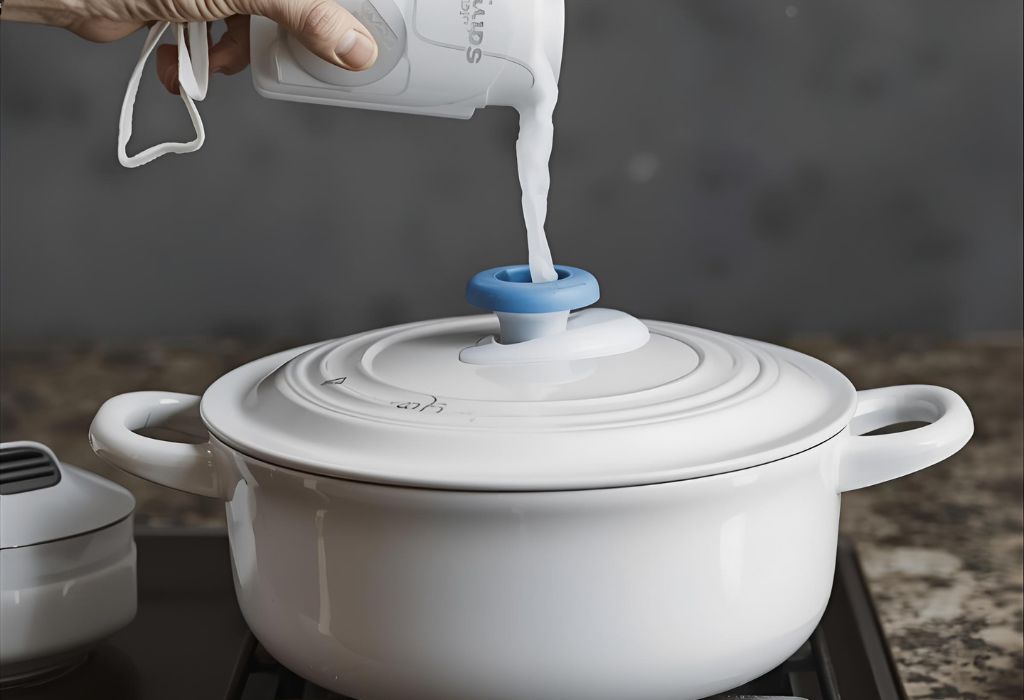
Taking care of ceramic cookware is more than a matter of avoiding scratches. Proper care ensures safety, saves money, and reduces the environmental impact of replacing pans too often.
Cookware that is maintained well can last several years beyond its average lifespan. This means fewer replacements, less waste, and a lower cost over time for households that rely on nonstick ceramic surfaces.
Consumer awareness around PFAS-free and chemical-free cookware continues to grow. As more people look for eco-friendly solutions, the ability to extend the life of ceramic cookware becomes an important part of sustainable living.
Brands are also responding to these expectations by improving durability. New coatings infused with minerals and advanced sol-gel processes promise stronger performance while maintaining a non-toxic reputation.
Market trends suggest that ceramic cookware will remain a leading choice for health-conscious households. Proper care will only increase its value, allowing consumers to enjoy both safe cooking and long-lasting cookware.
The future of ceramic cookware is tied closely to how it is treated in the kitchen. With careful cleaning and mindful usage, it has the potential to outlast most other nonstick options and set new standards for sustainable cookware.
Conclusion
Ceramic cookware offers a balance of safety, nonstick performance, and eco-friendly design. Yet its longevity depends heavily on how it is treated in the kitchen.
Dishwasher use may appear convenient, but it slowly weakens the coating, causes scratches, and shortens the lifespan of even the best pans. Hand-washing with gentle care is the proven way to preserve quality.
By following simple practices like using moderate heat, soft utensils, and careful storage, ceramic cookware can deliver reliable results for years. These habits protect both the surface and the investment made in high-quality cookware.
For those asking whether ceramic cookware can go in the dishwasher without damage, the answer is clear. To ensure safety, durability, and consistent performance, hand-washing remains the best choice.
I’m Emma J. Caldwell, the founder, lead writer, and home-cooking enthusiast behind KitchenGuideCo.com. With a background in culinary arts and over a decade of cooking experience in both professional and personal kitchens, I created this platform to demystify recipes, offer smart kitchen gadget reviews, and guide readers through meal prep with confidence and clarity.

